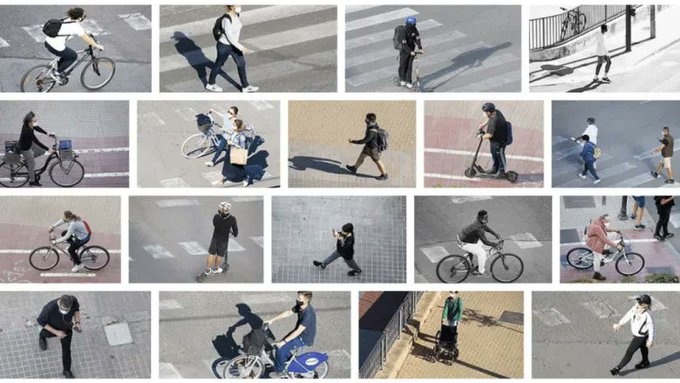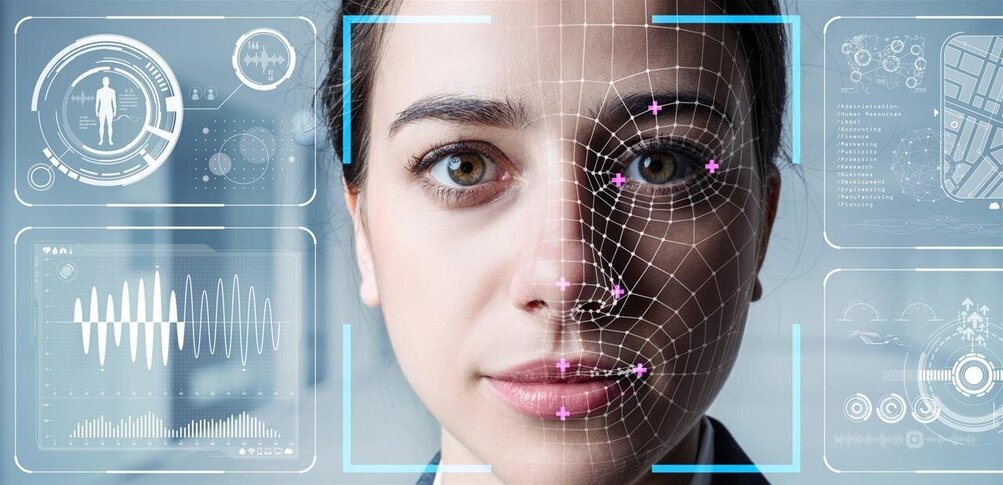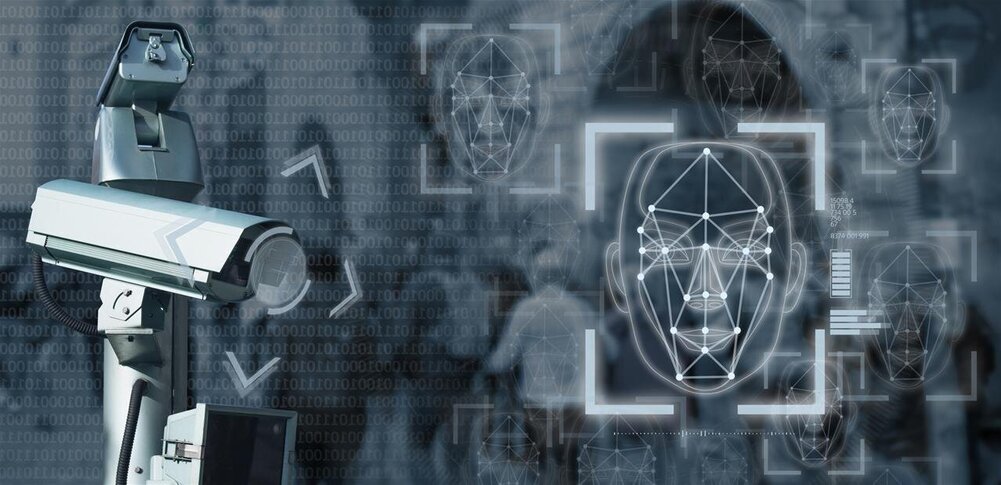Governments can and do use artificial intelligence to direct their citizens and their policy. But are we prepared for how far it could go?
Governments have access to large amounts of data which they can — and often do — use to analyse and predict their citizens’ behaviours using artificial intelligence (AI) strategies.
However while AI can help policy-makers by delivering highly accurate predictions, identifying trends and patterns, predicting complex associations and improving profitability, it may also introduce risks to citizen’s privacy and security and threaten free decision-making in society.
Researchers from three Universities in Spain explored these risks in a study which surveyed government officials about their institution’s use of artificial intelligence. One councillor said that AI had helped his town predict outcomes to assist in making better decisions during the recent COVID-19 pandemic. “The use of artificial intelligence to predict possible infections and deaths has been used with statistical models. These models have helped us to both improve health care and the movement of people in cities when a lockdown has been necessary,” the councillor said. However, the same official also noted: “the use of applications to track the location of user devices, although always anonymously, has highlighted the need to regulate the use of both artificial intelligence technology and other similar technologies.”
Another Spanish politician who was interviewed said: “We use artificial intelligence to predict possible criminal acts in the city. When artificial intelligence and our analyses tell us that there is a neighbourhood where serious crimes, such as murder, can be committed, we increase the number of police patrols in those neighbourhoods.”
The recent exponential growth in the use of AI has seen the new field of behavioural data science emerge, which combines techniques from behavioural sciences, psychology, sociology, economics, and business, and uses the processes from computer science, data-centric engineering, statistical models, information science and or mathematics to understand and predict human behaviour using AI.
Mots-clés : cybersécurité, sécurité informatique, protection des données, menaces cybernétiques, veille cyber, analyse de vulnérabilités, sécurité des réseaux, cyberattaques, conformité RGPD, NIS2, DORA, PCIDSS, DEVSECOPS, eSANTE, intelligence artificielle, IA en cybersécurité, apprentissage automatique, deep learning, algorithmes de sécurité, détection des anomalies, systèmes intelligents, automatisation de la sécurité, IA pour la prévention des cyberattaques.






